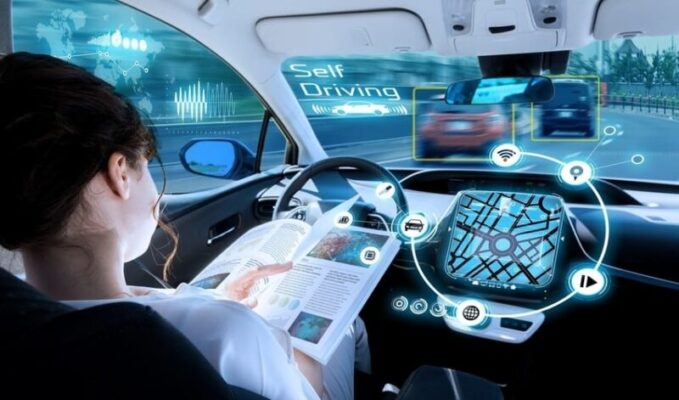
What to Know About Car Infotainment Systems
Last updated on June 23rd, 2022 at 04:29 am
Car infotainment systems have become more technologically-advanced and even complex than ever before. Your vehicle is a mobile entertainment hub.
With that can come some risks and downsides. For example, some consumers believe these systems are a little too complex.
There’s also the worry about increased distractions due to modern technology in cars. Distracted driving is one of the top causes of accidents. While theoretically, a car infotainment center should be convenient and reduce your distractions when you’re behind the wheel, we know that’s not what always happens.
The following are things to know about the technology behind these systems.
What is an Infotainment System?
As the name indicates, an infotainment center in a vehicle delivers information and entertainment to everyone in the car. There are both audio and video interfaces, often as well as voice commands and touchscreen display.
They’re popular in luxury cars but are also becoming more common in less expensive vehicles.
The popularity of car infotainment centers stems from the technological advancements we now have available as well as growing general demand.
What Features Do Infotainment Systems Offer?
While every infotainment system might vary slightly, some of the features you’re likely to see include:
- Head-up Display (HUD): This is a transparent data display that allows you to see data as you’re driving without having to look away from the road. The idea of this feature is to reduce the potential for distracted driving because you can get the necessary information without taking your eyes away from what’s in front of you.
- Touch Screen: Most car infotainment screens are made of LCD, and they can show dynamic images and graphics. Most displays are up to 12 inches, but you can sometimes find HD displays that are 20 inches in width.
- Android Auto and Apple CarPlay Capability: You can integrate your smartphone with your infotainment system. You can also usually pair your smartphone with your infotainment system through Bluetooth.
- Multimedia support: This is a feature available with most infotainment systems, and it means that your system can transfer both video and audio content to speakers, headphones, and screens through Bluetooth, HDMI cable, and USB.
- Vehicular functions: Advanced vehicular functions that are available through infotainment systems can help you drive more safely, as long as you don’t let them become a distraction. For example, some infotainment systems support parking assistance, climate control, and daytime running light indicators.
The Most Distracting Infotainment Systems
Based on third-party ratings, some infotainment systems are better than others. There are some that are more distracting than others in particular.
Some of the vehicles with distracting infotainment systems include:
- Acura’s system has a dual-screen setup which can be frustrating, according to Consumer Reports. It also has a less-than-optimal voice-command system. The pros of this system are that phones can pair easily and the text is large and easy to read.
- Lexus has a controller that’s similar to a mouse, and it’s hard to use a cursor when you’re trying to drive, but the steering wheel is equipped with some shortcuts.
- Tesla’s touchscreen controls everything, and the graphics are clear but there aren’t any knobs, so that part may not be favorable for some drivers.
- With the Volvo infotainment system, you have to familiarize yourself with the system before you’re likely to be comfortable using it, the text is small and it can be tough to integrate a smartphone.
Some of the least distracting systems, at least according to Consumer Reports, include:
- The Ford/Lincoln system that’s standard on all Lincoln models has well-labeled icons, tuning, and volume knobs that are large and natural voice commands. The only con according to CR is that the screen can be a bit far away if you’re a shorter driver.
- The GM infotainment system has large text and many steering-wheel controls.
- The Hyundai/Kia/Genesis standard infotainment system has traditional knobs and buttons along with a touch screen, and the system structure is logical.
It’s likely that as time goes on, the features available on infotainment systems will grow and become more robust, but also increasingly user-friendly. Future technology on infotainment systems is also likely to be easier to customize, and the screens may be even bigger. The use of AI will be relevant to future infotainment development, and there will be more features such as AI maps and virtual assistants that will help provide assistance to autonomous car features.
These systems are increasingly going to need to take into account safety, particularly with the pervasiveness of the issue of distracted driving.
Read Dive is a leading technology blog focusing on different domains like Blockchain, AI, Chatbot, Fintech, Health Tech, Software Development and Testing. For guest blogging, please feel free to contact at readdive@gmail.com.
